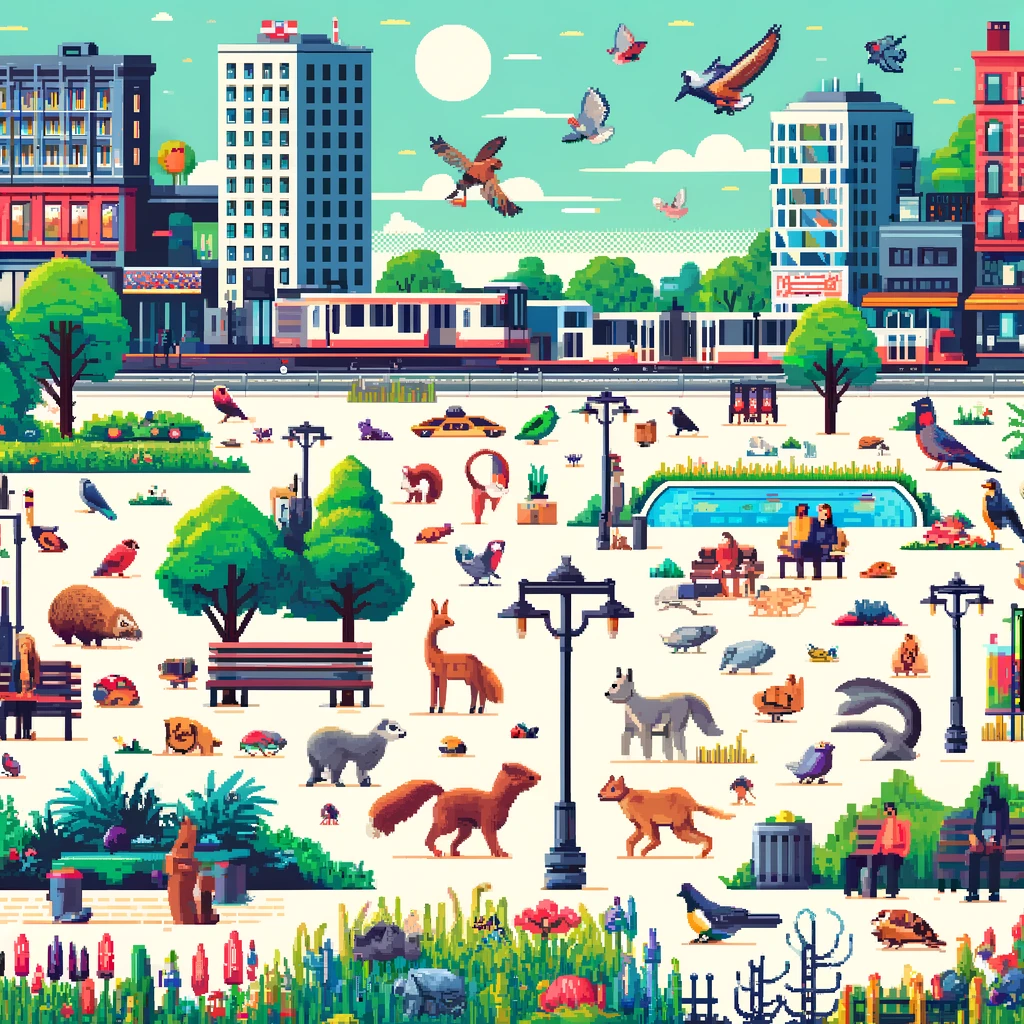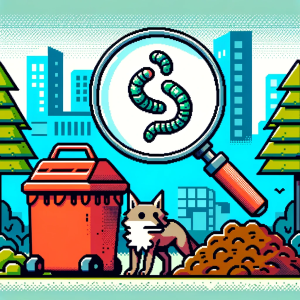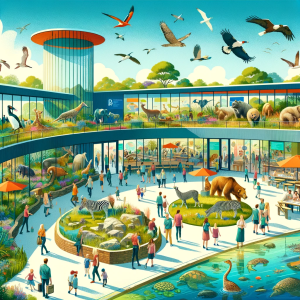
Urban Wildlife: Where Do We Want Our Animal Neighbors?
In the bustling cityscapes of our urban jungles, a diverse range of animal species coexists with humans. From the flitting birds in our gardens to the rustling rodents in our alleys, these animals shape our experience of city living in profound ways. A recent study from Munich, Germany, explores this intricate relationship, delving into the preferences of city dwellers regarding where different urban animals should be located. This blog post, drawing from this insightful research, aims to shed light on the urban human-animal dynamic, a topic as complex as it is fascinating.
The Heart of the Study: Understanding Human Preferences
At the core of this study is a simple yet intriguing question: Where do people prefer various animals to inhabit within their urban environment? Researchers conducted an extensive survey among Munich’s residents, inquiring about their attitudes towards 32 different urban animals and where they would ideally like them to occur – from their own homes and gardens to the vast expanse of the city and beyond. The findings reveal a nuanced tapestry of human preferences, varying widely across different species.
Animal Proximity: A Matter of Like and Dislike
One of the key takeaways from the study is the clear correlation between how much an individual likes a certain animal and how close they prefer it to be. Animals that are generally liked, such as squirrels and ladybugs, tend to be welcomed closer to personal living spaces. In contrast, less favored animals like cockroaches or rats are often relegated to ‘nowhere’ in people’s preferences, highlighting a desire for their complete absence.
Urban Wildlife: A Diverse Spectrum
The urban wildlife spectrum is vast, ranging from the widely adored (squirrels and hedgehogs) to the often scorned (rats and cockroaches). This study sheds light on the complex factors shaping these preferences, including cultural influences, personal experiences, and inherent attributes of the animals themselves.
Implications for Urban Planning and Wildlife Conservation
Understanding these human-animal dynamics is crucial for urban planning and wildlife conservation. If city dwellers are more receptive to having certain species nearby, conservation efforts can be tailored accordingly, promoting coexistence and mitigating potential conflicts. For instance, parks and other green spaces could be designed to accommodate species that are generally favored by the public.
The Dynamic Nature of Human-Animal Relationships
It’s essential to recognize the evolving nature of human perceptions towards urban wildlife. What is deemed acceptable or desirable today might change in the future, influenced by cultural shifts, environmental changes, and increased awareness. Thus, continuous monitoring and research are vital in keeping pace with these dynamics.
Engaging the Public in Urban Wildlife Discussions
This study underscores the importance of involving city residents in conversations about urban wildlife management. By understanding and respecting public preferences, urban planners and conservationists can foster a more harmonious coexistence between humans and animals in our cities.
Conclusion: A Call for Coexistence
The urban wildlife mosaic is rich and varied, reflecting our own diverse attitudes towards these animal neighbors. As city dwellers, it’s crucial to acknowledge and respect this biodiversity, understanding that our preferences significantly impact urban wildlife’s survival and well-being. Let’s embrace the challenge of creating cities where both humans and animals can thrive together.
Unlock the Secrets of Science
Get ready to unlock the secrets of science with ‘This Week in Science’! Our newsletter, designed specifically for educators and science aficionados, delivers a weekly digest of revolutionary research, innovative discoveries, and motivational tales from the scientific frontier. Subscribing is your key to a treasure trove of insights that can revolutionize your approach to teaching and learning science. Sign up today at no cost and start a journey that deepens your understanding and passion for science.



